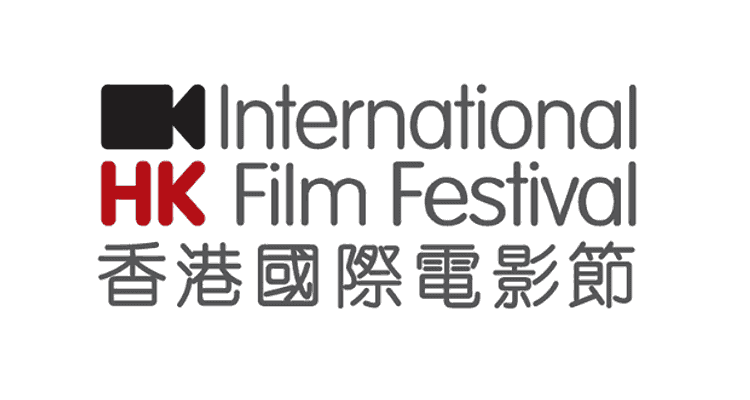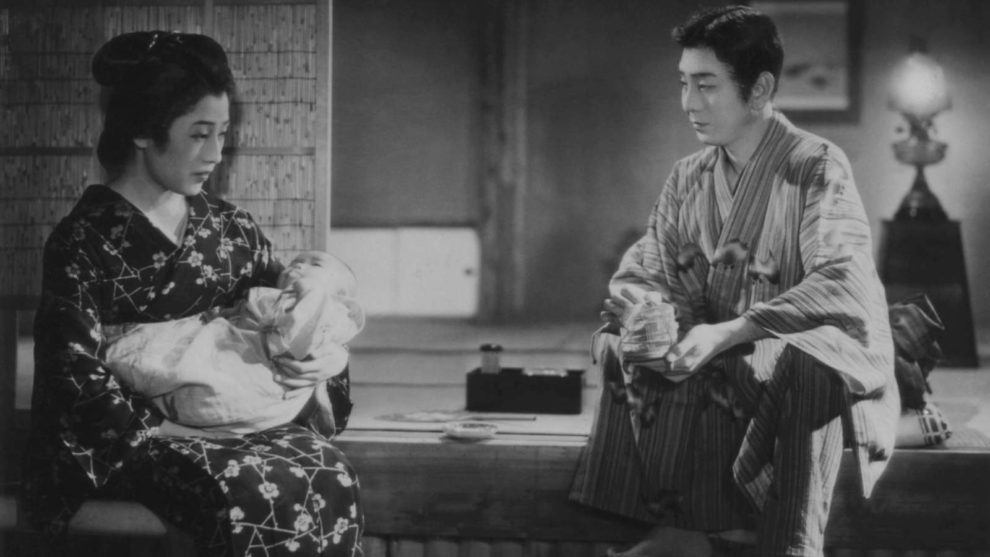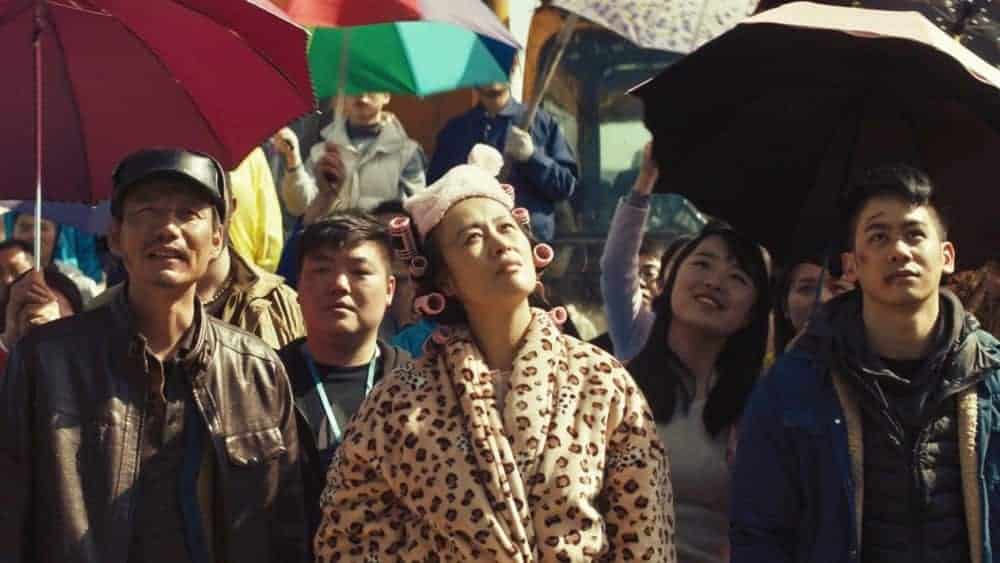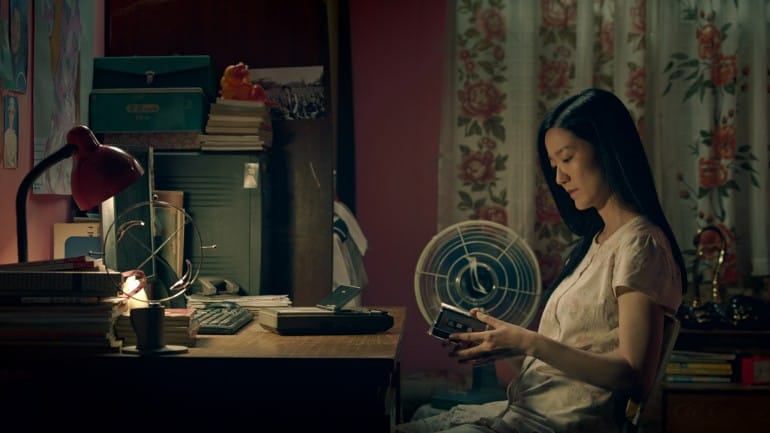3 February 2021 (Hong Kong) – The 45th Hong Kong International Film Festival will mark the 100th anniversary of Shochiku Cinema with a retrospective programme, showcasing ten masterpieces from ten revered Japanese maestros, including OZU Yasujiro, SHIMIZU Hiroshi, IMAMURA Shohei, and OSHIMA Nagisa.

Founded in 1920, Shochiku is one of Japan's oldest and most successful studios. A media giant that prided itself first and foremost as a director's studio, Shochiku offered creative freedom with which formative filmmakers crafted their signature styles to perfection. From Japan's first sound film, first colour film, first Oscar-winning film to the world's longest-running film series, Shochiku transformed the cinematic landscape, leading to Japanese cinema's rising profile globally.
The ten classics in this selection reflect Shochiku's remarkable achievements over a century. SHIMIZU and OZU, two pillars at the studio renowned for their spontaneous style, are exemplified in The Masseurs and a Woman (1938) and the contemplative sensibility embodied in Equinox Flower (1938), OZU's first colour feature. Together with MIZOGUCHI Kenji's theatrical transcendence of the purest cinematic artistry in The Story of the Last Chrysanthemum (1939), the three maestros cast an everlasting influence on world cinema.
KINOSHITA Keisuke and KOBAYASHI Masaki, two founders of the directors' group Four Horsemen Club, impressed the world with Twenty-Four Eyes (1954), which offers a quiet commentary on the inhumanity of war, and Harakiri (1962), which creates fierce evocation of a ronin's resolution against the corrupt feudal system.
Through the studio's mentor-protégé system, fledging filmmakers like IMAMURA and YAMADA Yoji, who once served as OZU's assistant directors, flourished as auteurs with their own brands. Featuring in this selection are YAMADA's The Yellow Handkerchief (1977) and IMAMURA's Vengeance is Mine (1979) – the former an affectionate drama full of humour and pathos; the latter a crime classic loaded with explicit sexuality and subversive violence.
During the post-war period, Shochiku's reforms led to a new generation of nonconformist directors. YOSHIDA Yoshishige, SHINODA Masahiro and OSHIMA, who heralded the arrival of the Shochiku Nouvelle Vague, set a new milestone in Japan's film history. Their revolutionary styles, permeated with staunch social critique, can be witnessed in Love Affair at Akitsu Spa (1962), Gonza the Spearman (1986), winner of Berlinale Silver Bear for outstanding artistic contribution, and Gohatto (1999), OSHIMA's final feature.
HKIFF45 will adopt a new hybrid format for the first time, featuring screenings and audience-engagement events simultaneously in-theatre and online. The festival will reveal this year's programme on 9 March. The public can purchase tickets online (http://www.hkiff.org.hk/) and through all URBTIX outlets from 18 March.
Shochiku Cinema 100th Anniversary Retrospective Film List
1938 The Masseurs and a Woman
1939 The Story of the Last Chrysanthemum
1954 Twenty-Four Eyes
1958 Equinox Flower
1962 Love Affair at Akitsu Spa
1962 Harakiri
1977 The Yellow Handkerchief
1979 Vengeance is Mine
1986 Gonza the Spearman
1999 Gohatto















